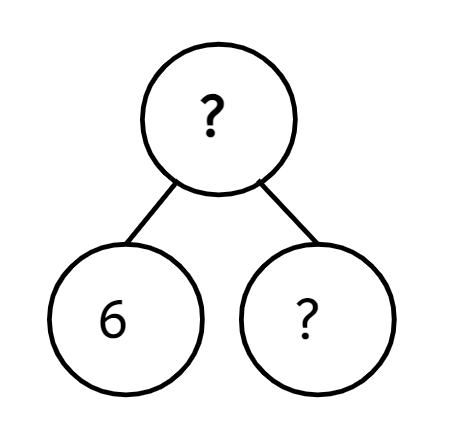Myths about teaching can hold you back
- Year 1
Partition the numbers 6 to 10 in different ways
I can partition the numbers 6 to 10 into two parts.
- Year 1
Partition the numbers 6 to 10 in different ways
I can partition the numbers 6 to 10 into two parts.
These resources were made for remote use during the pandemic, not classroom teaching.
Switch to our new teaching resources now - designed by teachers and leading subject experts, and tested in classrooms.
Lesson details
Key learning points
- Each of the numbers six to ten can be partitioned into two parts in different ways.
- A part-part-whole model or a bar model can be used to represent the whole and the parts.
- If we know one part we can find the other part.
- Knowing about odd and even parts means you know if the missing part is odd or even.
Keywords
Partition - To split a whole up into parts.
Whole - All of something. Complete.
Part - A piece or section of a whole.
Common misconception
Pupils are not yet fluent in number pairs and partitions of numbers 6 to 10 and so rely on counting to find missing parts.
Develop subitising skills so that pupils are able to recognise small partitions instantly. Encourage choral repetition of stem sentences emphasising wholes and parts.
To help you plan your year 1 maths lesson on: Partition the numbers 6 to 10 in different ways, download all teaching resources for free and adapt to suit your pupils' needs...
To help you plan your year 1 maths lesson on: Partition the numbers 6 to 10 in different ways, download all teaching resources for free and adapt to suit your pupils' needs.
The starter quiz will activate and check your pupils' prior knowledge, with versions available both with and without answers in PDF format.
We use learning cycles to break down learning into key concepts or ideas linked to the learning outcome. Each learning cycle features explanations with checks for understanding and practice tasks with feedback. All of this is found in our slide decks, ready for you to download and edit. The practice tasks are also available as printable worksheets and some lessons have additional materials with extra material you might need for teaching the lesson.
The assessment exit quiz will test your pupils' understanding of the key learning points.
Our video is a tool for planning, showing how other teachers might teach the lesson, offering helpful tips, modelled explanations and inspiration for your own delivery in the classroom. Plus, you can set it as homework or revision for pupils and keep their learning on track by sharing an online pupil version of this lesson.
Explore more key stage 1 maths lessons from the Composition of numbers 6 to 10 unit, dive into the full primary maths curriculum, or learn more about lesson planning.

Licence
Prior knowledge starter quiz
6 Questions
Q1.Look at the bar model. What is the whole?
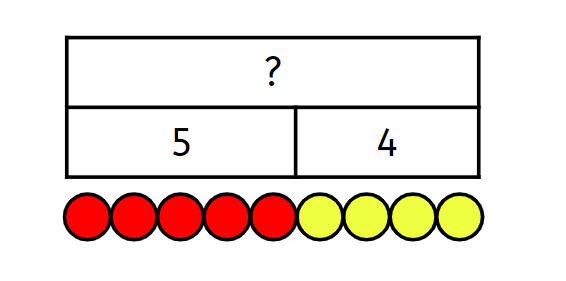
Q2.Look at the bar model. What is the missing part?
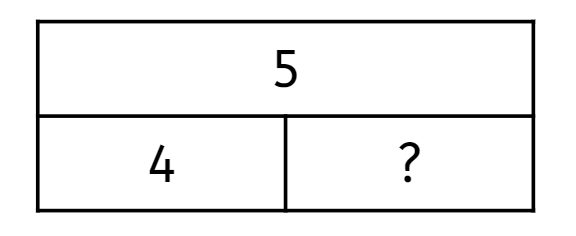
Q3.Which bar model represents the counters?

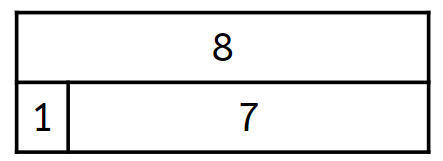
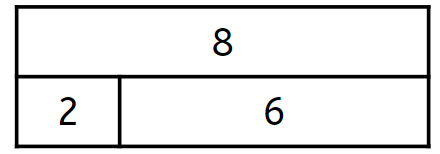
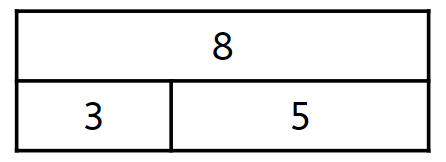
Q4.Which set of counters will come next if we are ordering the partitions of 9 systematically?




Q5.Lucas is going to clap 7 times. He has already clapped 2 times. How many more claps does he need to do?
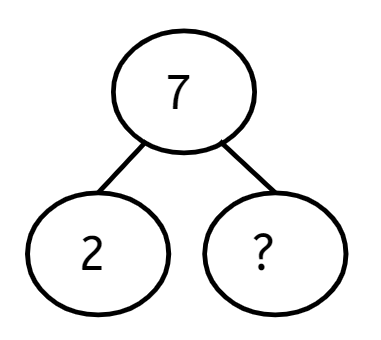
Q6.Match the whole to the correct two parts.
One part is 2 and the other part is 3
One part is 2 and the other part is 5
One part is 3 and the other part is 5
Assessment exit quiz
6 Questions
Q1.What number has been partitioned and shown in the bar model?

Q2.What is the missing part in the part-part-whole model?
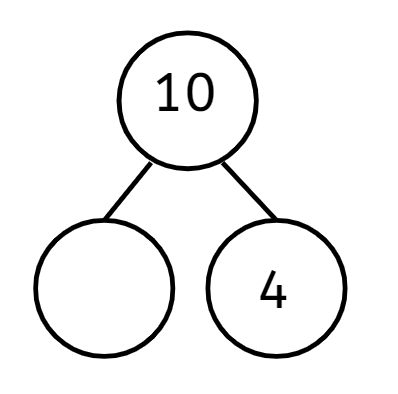
Q3.Izzy is going to jump 10 times across the playground. She has jumped 8 times. How many more jumps does she need to do?
Q4.Which part-part-whole model will come next if we are being systematic?
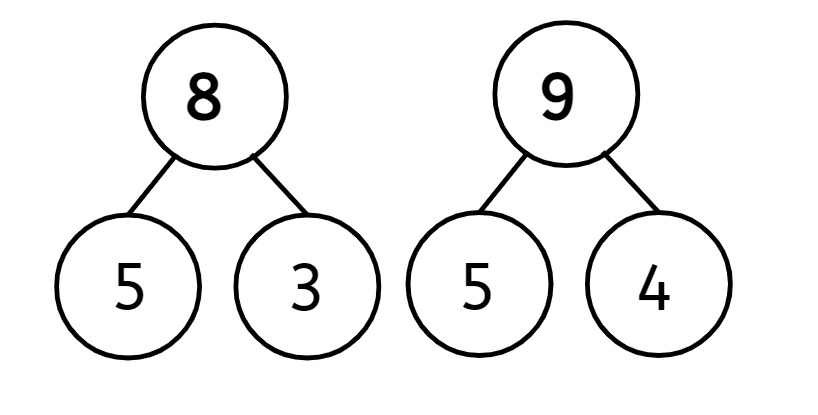
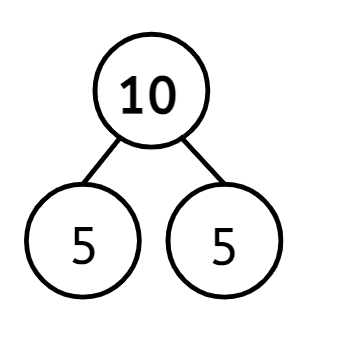
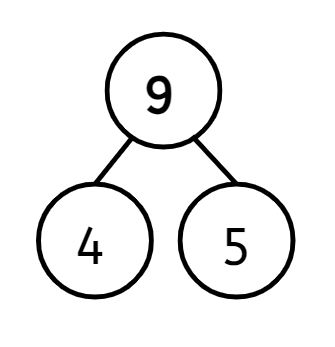
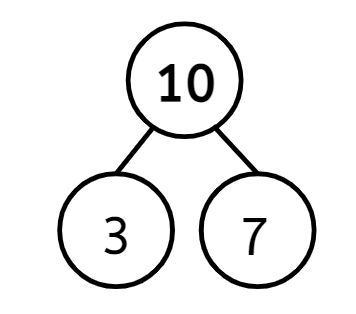
Q5.Look at the part-part-whole model. What is the missing part?
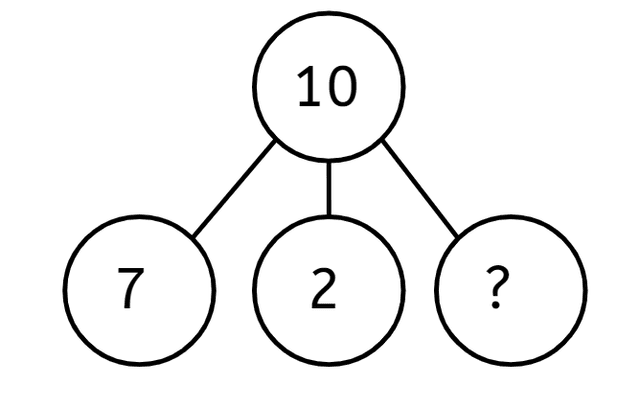
Q6.What could the missing whole and part be? Which of these are correct?
